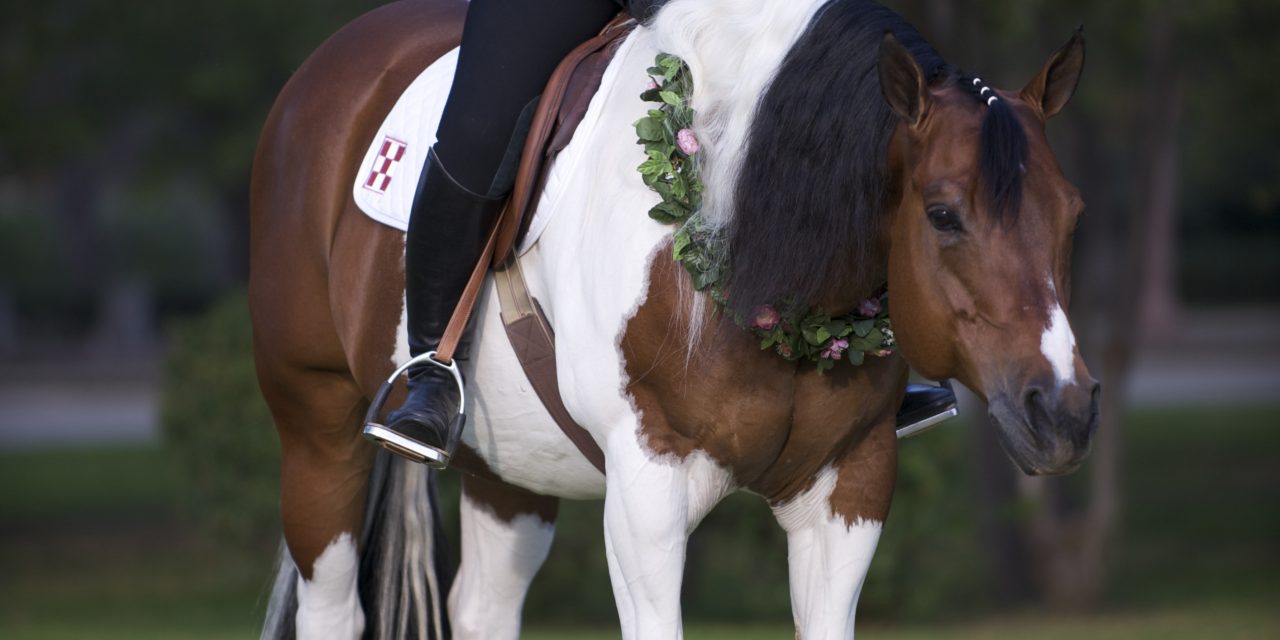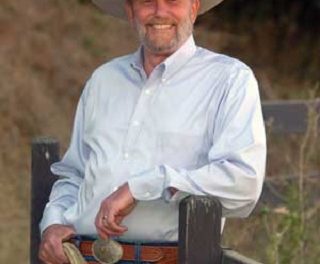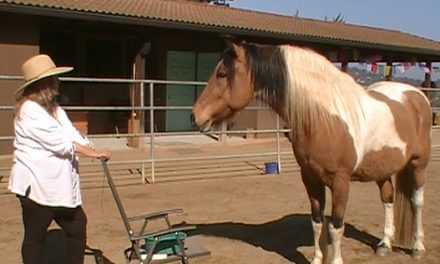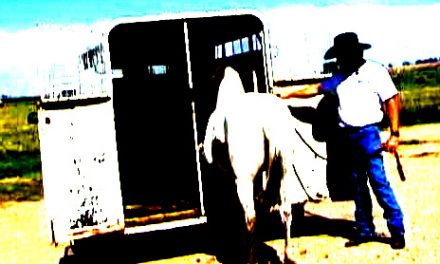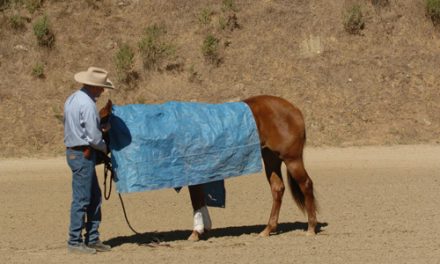Palm Partnership Training
Get Results You Can Use!
 Our series on “training outside the box” continues with another training tip for dealing with common trail training issues: dealing with the horse that is “hot” while on the trail.
Our series on “training outside the box” continues with another training tip for dealing with common trail training issues: dealing with the horse that is “hot” while on the trail.
What is a “hot” horse? I am not referring to a horse’s body temperature; I am referring to a nervous horse. This is the horse that is tense and moves quickly. He may toss his head, jump around, rear, and maybe even buck. To use a human description, he appears as if he could “fly off the handle” at any moment.
When dealing with a hot horse, it is really important that the rider does warm-up exercises both on the ground and under saddle to be physically prepared for riding. It is equally important to warm up the horse by longeing to allow him to release his inner energy (please see Palm Partnership Training™ Newsletters #56-#60 for “The Art of Longeing” for specifics). Doing some in-hand groundwork exercises and under saddle maneuvers before going out on the trail will help the horse focus on the rider.
Before going out on the ride, be prepared! Check the weather. Do not go out if it is windy or if a storm is approaching. These conditions will only make the nervous horse more anxious and less likely to focus on you. When tacking up for a trail ride, place a halter over the bridle and bring a soft, flat cotton longe line along on the ride. I’ll explain how and when to use these items later.
When you plan the trail ride, go with ONE other horse and rider, not a group! Ask a friend who has a quiet, experienced trail horse to accompany you. If the hot horse begins to get nervous while on the trail, the experienced horse will give him confidence and can be used to pony him.
Select a trail where the terrain is simple and easy to negotiate. Let the hot horse take the lead for a while, then ask the experienced horse to ride alongside. Continue down the trail side-by-side for a while, then shift the hot horse behind the experienced partner. During the periods when the horses are traveling single file, mix in some lateral work, yielding left and right. Do simple transitions from walk to slow trot and back to walk. Stop several times. Dismount, lead the horses, and remount. The idea is to do many different things to help keep the hot horse’s focus, slow down his thinking, and direct his attention to you and not on getting nervous!
Keep the trail ride short. The shorter the better so the hot horse has a chance to experience a quiet time without the chance of being disturbed. As you and your horse progress to taking longer rides, make sure to stay with the same routine.
Your Next Step…
Here are three ways to deal positively with a horse that gets hot, nervous, upset, or uncontrollable on the trail:
#1: The best thing to do is have the friend riding the experienced horse pony you and the hot horse. Take out the longe line you have been carrying on the ride and thread it through the hot horse’s halter so it is over his nose and snapped to the opposite side of the halter. While you stay centered and relaxed on the hot horse, ask your friend to control him by ponying him from the experienced horse. Because you will not be pulling on the reins and his mouth, the hot horse will have a good chance to settle down.
#2: Get off the hot horse and attach the longe line to his halter as I described above. When a horse is nervous or upset, he will have a tendency to jump on top of you. Use the “move away” command and toss the longe line towards him so he moves away from you. Let him settle down while you stay on the ground.
#3: Remain mounted, but mentally patient, relaxed, and positive. Keep your body relaxed and as centered on the horse as possible. Continue to ride as if the horse is nice and calm. The horse should settle down in a short time.
Lynn’s Training Tip…
You can calm the nervous or hot horse with training, but you can never change his personality or temperament. If this type of horse frightens or worries you, or if he makes you feel less confident or nervous—this type of horse is not suited for you. Mentally anticipate your horse’s reactions to outdoor situations. The more positive and confident you are, the more confident your horse will be.
Riding really is a mental sport. One of the best resources I know of to help riders conquer the mental aspects of riding is “That Winning Feeling,” a book written by my friend and Olympic Dressage rider Jane Savoie. No matter what discipline you ride, Jane’s experience and advice will help “program” your mind for peak performance. She will teach you how to banish negative thoughts, conquer self-doubt, and be the rider
your horse deserves.

